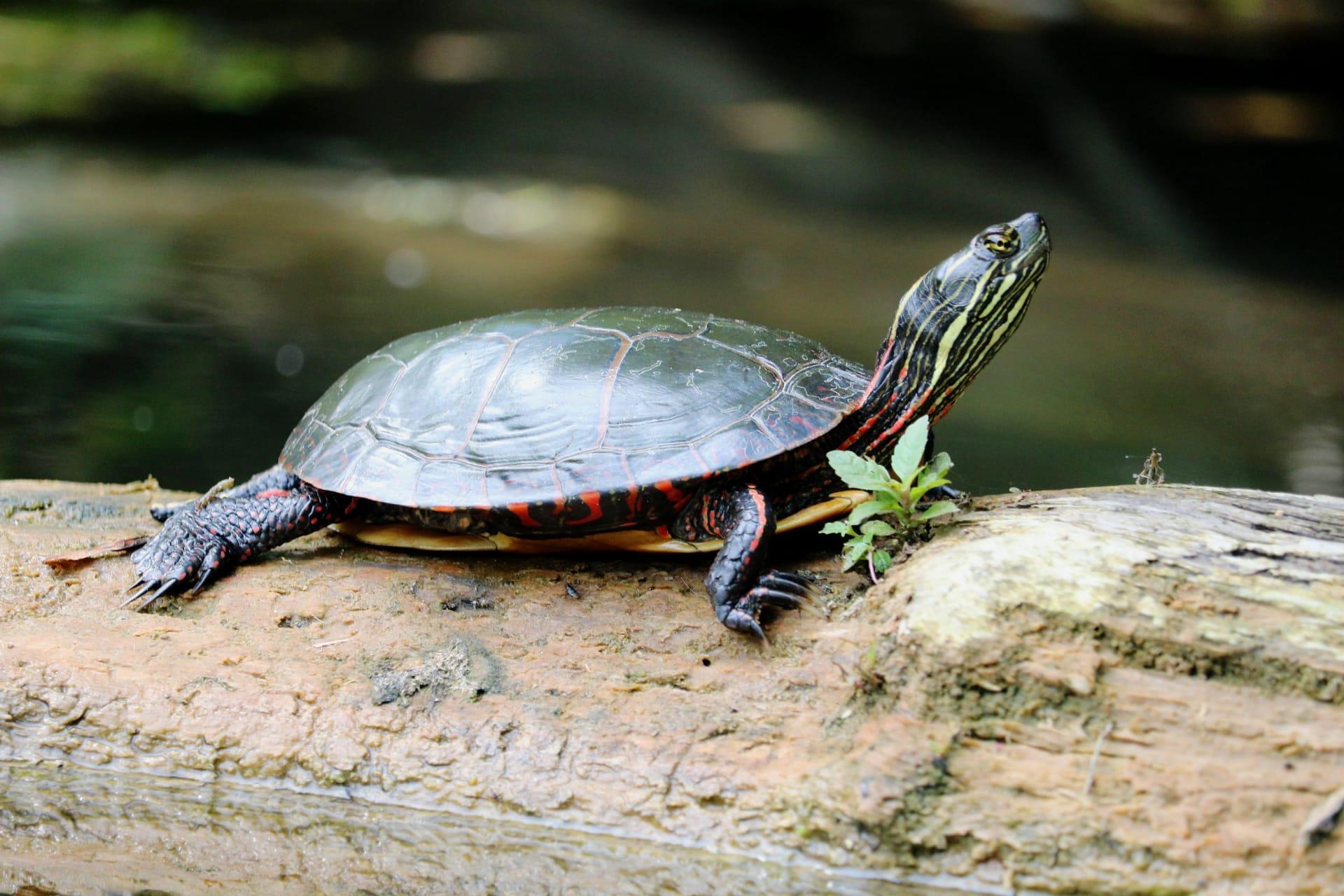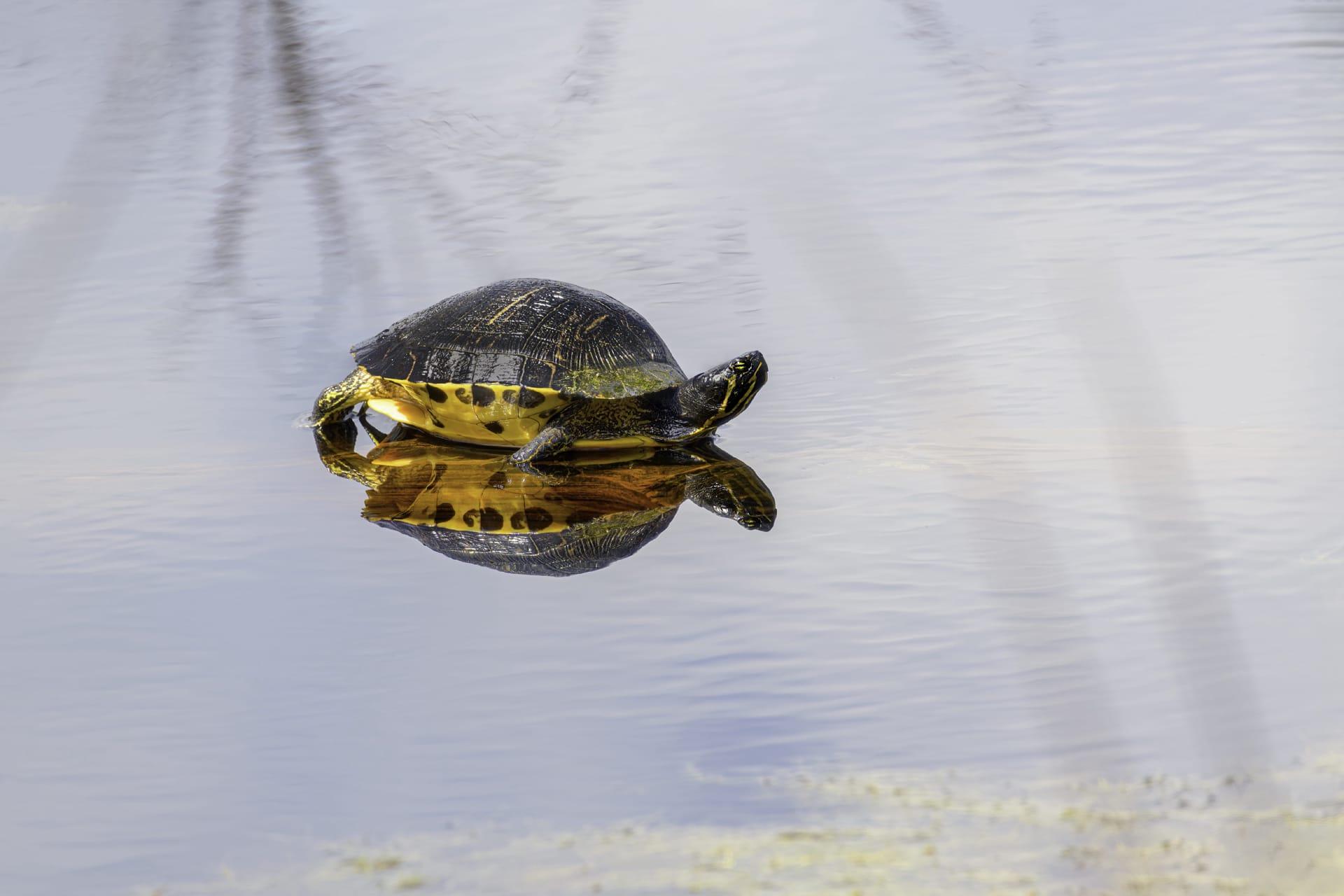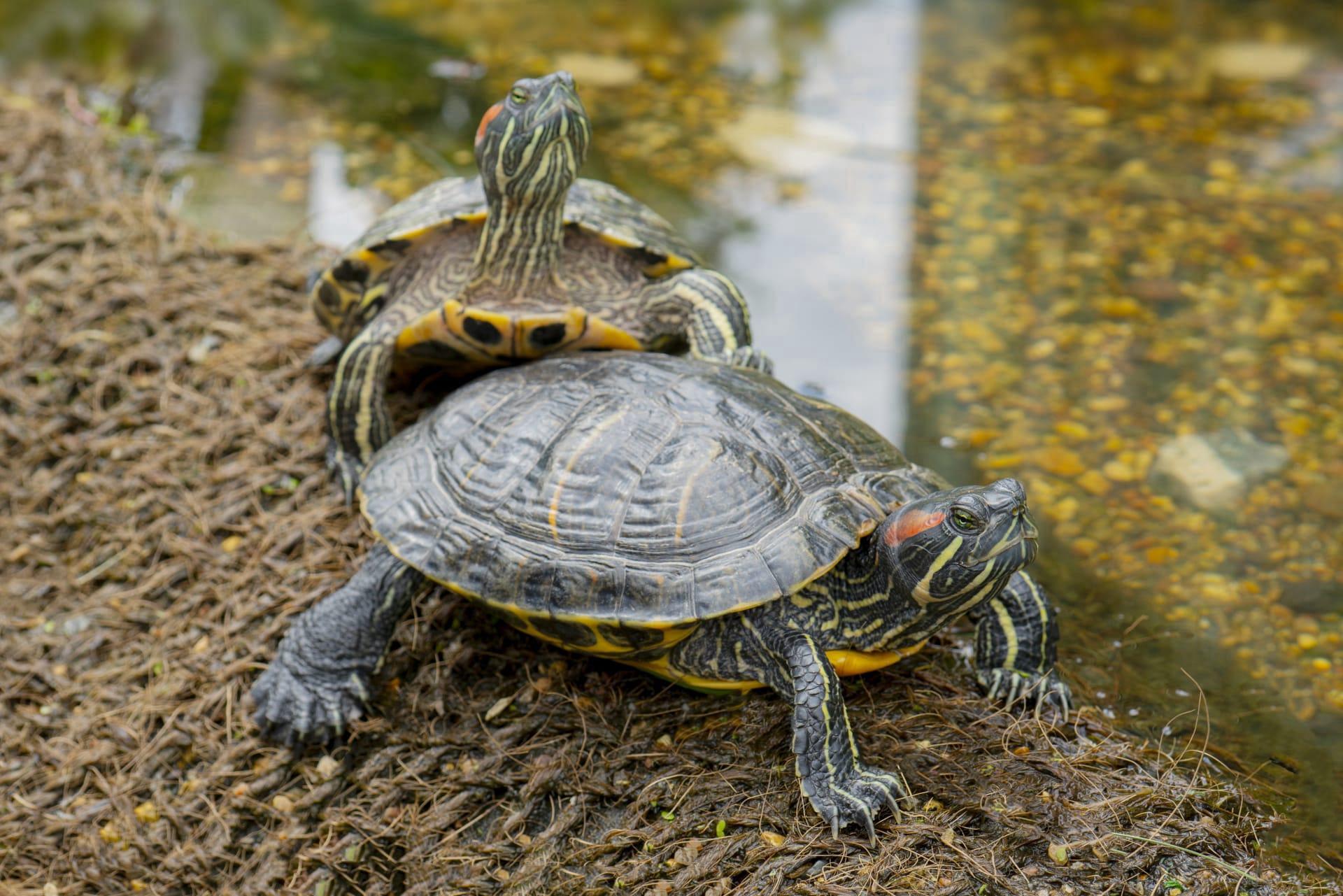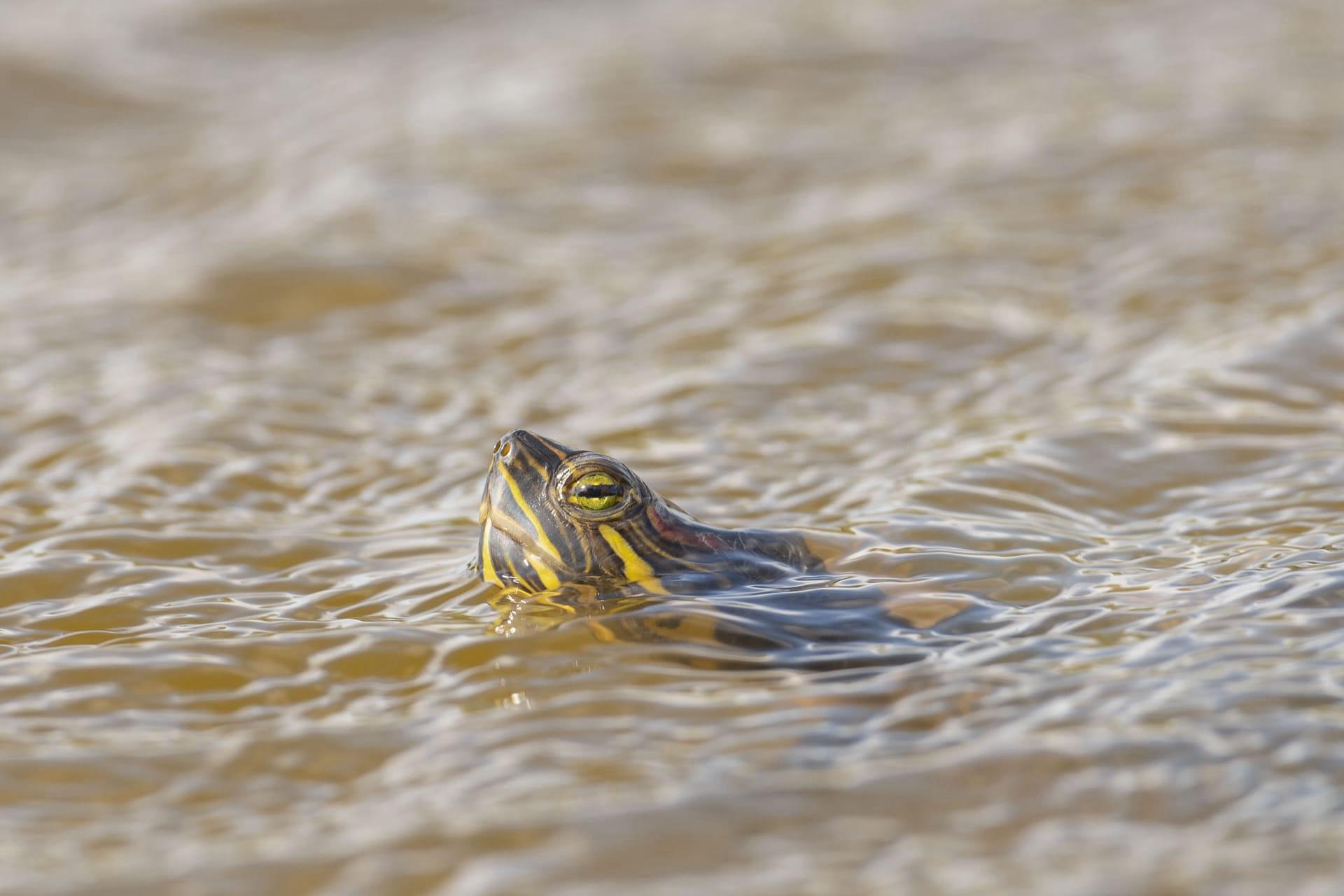Yellow Belly Turtle
- Home /
- Mini Encyclopedia /
- Animal /
- Yellow Belly Turtle
1
The Yellow Belly Turtle, scientifically known as Trachemys scripta scripta, is a subspecies of the pond slider, a widespread species of turtle. It belongs to the family Emydidae, which includes some of the most well-known turtles in North America. This subspecies is distinguished by its striking yellow plastron (the underside of the shell) and yellow stripes on its head and legs. These turtles have a semi-aquatic lifestyle, which influences their physical features. For example, they have webbed feet for swimming and a streamlined shell for efficient movement in water.
Yellow Belly Turtles are native to the southeastern United States, thriving in a range of aquatic environments such as rivers, ponds, marshes, and lakes. They're especially common in the Mississippi River basin. These turtles are not only adaptative to various water conditions but also to different climates within their range. They can be found from Florida in the south up to as far north as Indiana and Illinois. Their distribution is influenced by water temperature and quality, as well as the availability of food sources and basking sites.

2
Question: Do Yellow Belly Turtles make good pets for beginners?
Answer: While Yellow Belly Turtles are often sold as pets, they require specific care that may not be ideal for beginners. These turtles can live for over 30 years and grow up to 12 inches in shell length, requiring a large aquatic habitat as they mature. They need a varied diet, UVB lighting for shell and bone health, and a basking area. It's a common misconception that they are easy to care for due to their hardy nature in the wild. Potential owners should research and prepare for long-term care requirements, environmental needs, and potential veterinary expenses.

3
Yellow Belly Turtles have developed several survival strategies to thrive in their natural habitats. One key strategy is their omnivorous diet. Juveniles tend to eat more protein-rich food like insects and small fish, while adults have a more plant-based diet, including aquatic vegetation. This dietary flexibility allows them to adapt to varying food availability. Additionally, their hard shells provide protection from predators, and their ability to rapidly retract their head and limbs into their shell offers an effective defense mechanism.
Another survival strategy is their reproductive behavior. Female Yellow Belly Turtles lay multiple clutches of eggs each breeding season, with each clutch containing up to 20 eggs. This high reproductive rate helps ensure the survival of the species, despite the high mortality rate of hatchlings. The turtles also exhibit temperature-dependent sex determination, where the temperature of the incubating eggs influences the sex of the hatchlings, helping to maintain a balanced sex ratio within the population.

4
In their ecosystems, Yellow Belly Turtles play several important roles. As both predators and prey, they contribute to the balance of aquatic food webs. Young turtles often fall prey to birds, fish, and mammals, while adults have fewer natural predators. They help control the populations of their prey, which includes various aquatic insects, small fish, and vegetation, thereby maintaining the health of their ecosystems.
Additionally, Yellow Belly Turtles impact the physical environment. Their foraging behavior can influence the composition of aquatic vegetation, and their movement of nutrients from water to land ecosystems is significant. They also play a role in seed dispersal for certain plant species. During basking, they can influence microhabitats on logs or rocks. These interactions highlight their importance in maintaining ecological balance and biodiversity in their habitats.

5
Film: "Turtle: The Incredible Journey" (2009) is a documentary that, while not exclusively about Yellow Belly Turtles, provides insight into the life of a sea turtle from hatching to adulthood. The film, produced in Austria and the UK, offers a broader understanding of turtle survival strategies and challenges.
Book: "Turtles of the United States and Canada" by Carl H. Ernst and Jeffrey E. Lovich (2014, United States) provides a comprehensive overview of turtle species, including the Yellow Belly Turtle. The authors delve into the biology, behavior, and conservation of these reptiles, offering valuable information for enthusiasts and researchers.
Book: "The Secret Life of Turtles" by Whit Gibbons (2017, United States) explores the fascinating world of turtles, with a focus on North American species like the Yellow Belly Turtle. Gibbons, an acclaimed herpetologist, combines scientific insights with engaging narratives, making the book accessible to a broad audience.